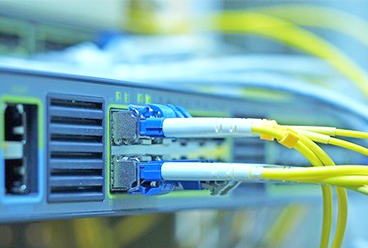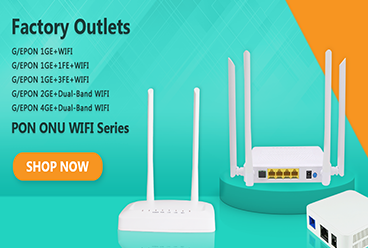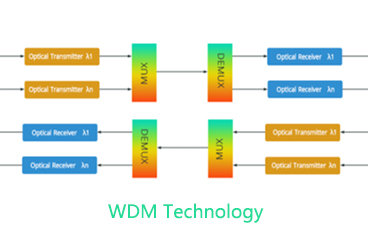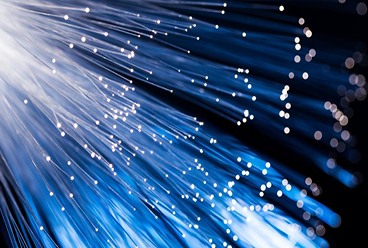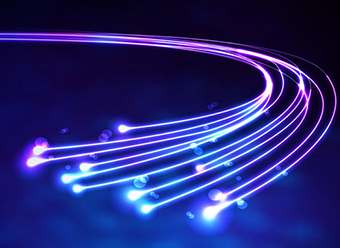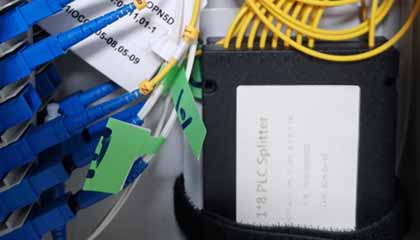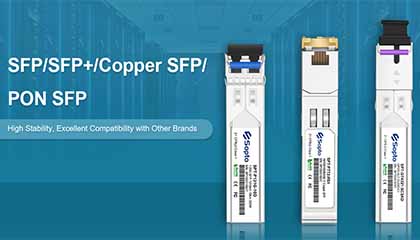Definitions of 100BASE-T, 1000BASE-T, and 10GBASE-T,The various parts of these names represent different characteristics of the network standards
100, 1000, and 10G: These numbers represent the transmission rate of the Ethernet standard in Mbps or Gbps.
100: Indicates a transmission rate of 100 Mbps (million bits per second).
1000: Indicates a transmission rate of 1000 Mbps (or 1 Gbps).
10G: Indicates a transmission rate of 10 Gbps.
BASE: Refers to baseband transmission, which means that data is transmitted on the network as raw electrical signals (unmodulated signals), unlike broadband transmission.
T: Stands for Twisted-pair, indicating that the transmission medium used is a standard twisted-pair copper cable.
Ethernet standards define the speed and transmission methods for network communication. The key differences between 100BASE-T, 1000BASE-T, and 10GBASE-T lie in their data rates, transmission distances, and cabling requirements.
Ethernet Standard | Speed | Cable Type | Maximum Distance | Application |
100BASE-T | 100 Mbps | Cat5 or higher | 100m | Basic networking |
1000BASE-T | 1 Gbps | Cat5e or higher | 100m | Gigabit Ethernet, business & home networks |
10GBASE-T | 10 Gbps | Cat6a or higher | 55m (Cat6) / 100m (Cat6a) | Data centers, enterprise networks |
2. Key Differences & Features
100BASE-T (Fast Ethernet)
● Operates at 100 Mbps.
● Uses Cat5 cables.
● Supports up to 100m transmission distance.
● Primarily used in older local area networks (LANs).
1000BASE-T (Gigabit Ethernet)
● Operates at 1 Gbps (10× faster than 100BASE-T).
● Uses Cat5e or higher cables.
● Supports up to 100m transmission distance.
● Widely adopted for modern LANs, business, and home networking.
10GBASE-T (10 Gigabit Ethernet)
● Operates at 10 Gbps (10× faster than 1000BASE-T).
● Requires Cat6 (up to 55m) or Cat6a (up to 100m) for optimal performance.
● Used in data centers, high-performance computing (HPC), and enterprise networks.
● Higher power consumption compared to lower-speed Ethernet.
3. Related Products
Network Interface Cards (NICs)
● 100BASE-T, 1000BASE-T, and 10GBASE-T network adapters for PCs, servers, and switches.
● 10GBASE-T NICs are common in high-performance servers.
Switches & Routers
● 100BASE-T and 1000BASE-T switches for small business and home networks.
● 10GBASE-T switches for data centers and enterprises, supporting higher bandwidth and lower latency.
Optical Transceivers (for higher-speed applications)
● 10GBASE-T SFP+ transceivers for converting fiber-optic connections to copper Ethernet.
● Optical solutions such as SFP+ or QSFP modules can be used for longer-distance transmission beyond 100m.
Cabling Solutions
● Cat5e for Gigabit Ethernet.
● Cat6 or Cat6a for 10G networking.
● Shielded twisted pair (STP) cables recommended for reduced interference in 10G networks.
4. Choosing the Right Standard
● For basic office and home use: 1000BASE-T (Gigabit Ethernet) is the most cost-effective and widely used.
● For high-speed data transfer and future-proofing: 10GBASE-T is ideal, but requires better cabling and higher-end networking devices.
● For legacy systems and minimal bandwidth needs: 100BASE-T is still used but becoming obsolete.
Tags : 100BASE-T, 1000BASE-T, and 10GBASE-T,optical transceiver
— END —




